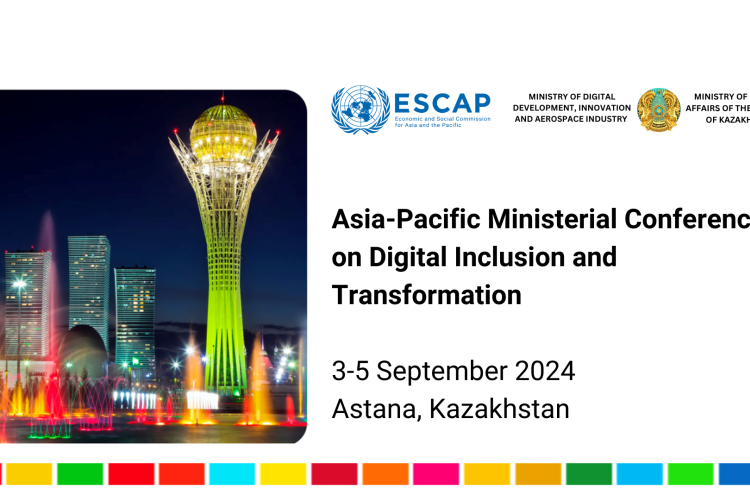Infrastructure Corridor Development Series Part I: In-Depth Analysis of Three Promising Infrastructure Corridors
The Regional Economic Cooperation and Integration (RECI) initiative of the United Nations Economic and Social Commission for Asia and the Pacific (ESCAP) aims to promote integrated markets for goods, services, information and capital; infrastructure connectivity; financial cooperation; and economic and technical cooperation through a multidimensional and multidisciplinary approach. Promoting seamless connectivity in transport, energy and information and communications technology (ICT) is a central pillar of the RECI initiative.
As part of the RECI initiative, ESCAP is implementing a United Nations Development Account (DA) Project on “Addressing the Transboundary Dimensions of the 2030 Agenda for Sustainable Development through RECI in Asia and the Pacific” from 2018 to 2021. This project aims to develop knowledge products such as analysis reports, and build capacity of member States in promoting seamless regional connectivity with a focus on the co-deployment of ICT, transport and energy infrastructures.
Following the recommendations to national capacity building workshops for policymakers of Kazakhstan, Kyrgyzstan, Mongolia, and subregional workshop for countries in East and North-East Asia in October-November 2019, this analysis report is aimed to enhance understanding for planning interstate infrastructure corridors. The scope of this report covers in-depth analysis of the co-deployment of ICT infrastructure along transport and energy infrastructure corridors and support identification of key needs and the selection of the priority projects.
In response to the needs of member States and considering the complex challenges of limited national and regional infrastructures, the key objectives of this research are to: (1) provide in-depth cross-sectoral analysis of three potential interstate infrastructure corridors in the target countries of the RECI project (Kazakhstan and Kyrgyzstan); (2) provide knowledge and capacity building in determining the most promising scenario for infrastructure corridor development; and (3) promote enabling environments for infrastructure corridor development in the modality of co-deployment of ICT, transport and energy infrastructures.
An integrated infrastructure corridor approach is used as an attractive smart solution to improve regional and transboundary connectivity by linking geographical territories with ICT, transport and energy components. An integrated infrastructure corridor means a high-tech transportation system integrated with a wide range of ICTs and energy to facilitate the flow of goods, services, knowledge and capital in a cost- and time-effective way towards achieving the 2030 Agenda for Sustainable Development.
This research paper is a part of the Infrastructure Corridor Development Series that supports decision makers and infrastructure owners in their decisions on the development of new infrastructure corridors. The Infrastructure Corridor Development Series consists of three main parts:
Part 1: An in-depth analysis of three promising infrastructure corridors.
Almaty (Kazakhstan) – Cholpon-Ata (Kyrgyzstan)
Semey (Kazakhstan) – Rubtsovsk (Russian Federation)
Urzhar (Kazakhstan) – Chuguchak (China)
For the full report, please visit here.
For the Russian version, please click here.






